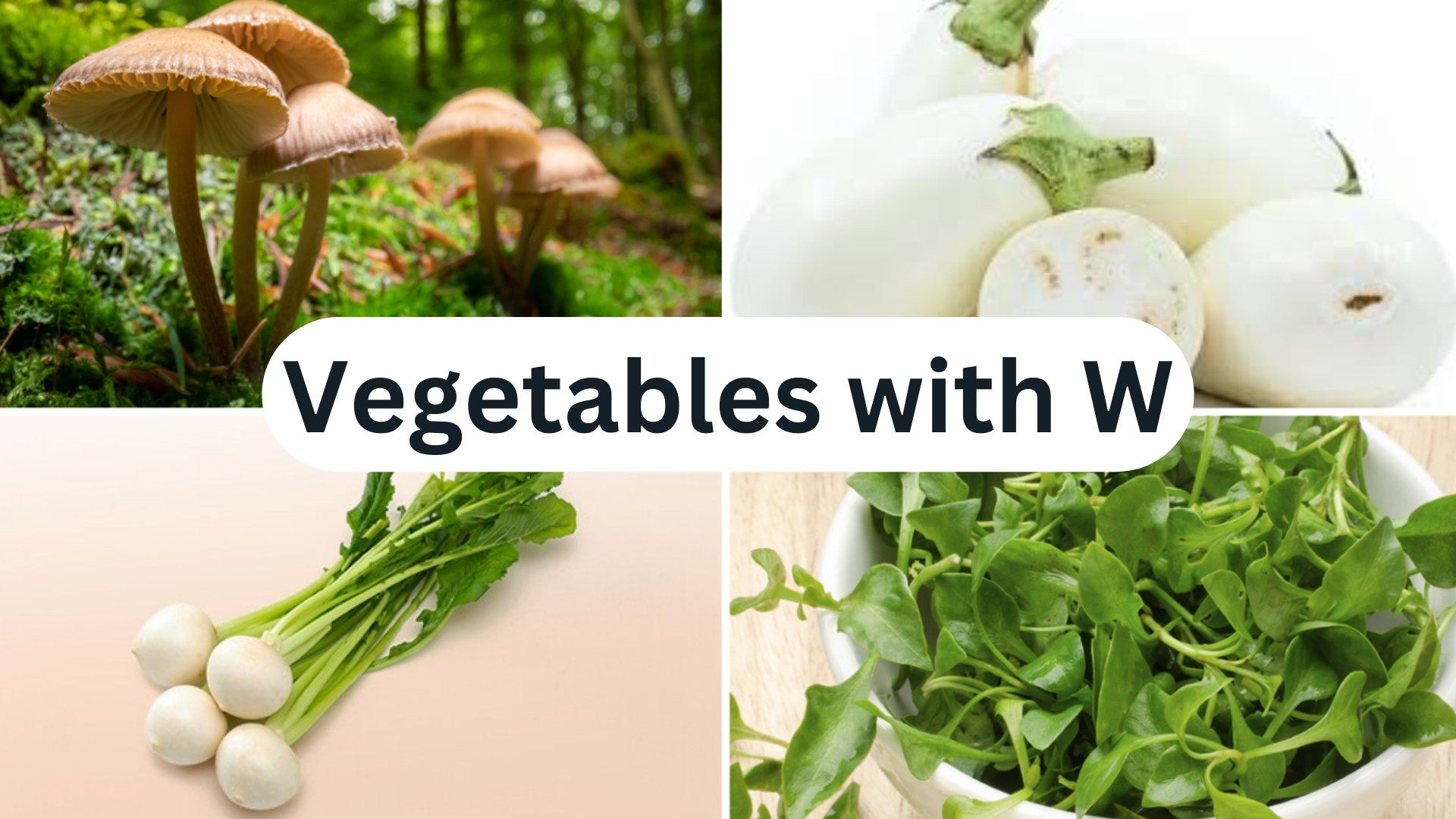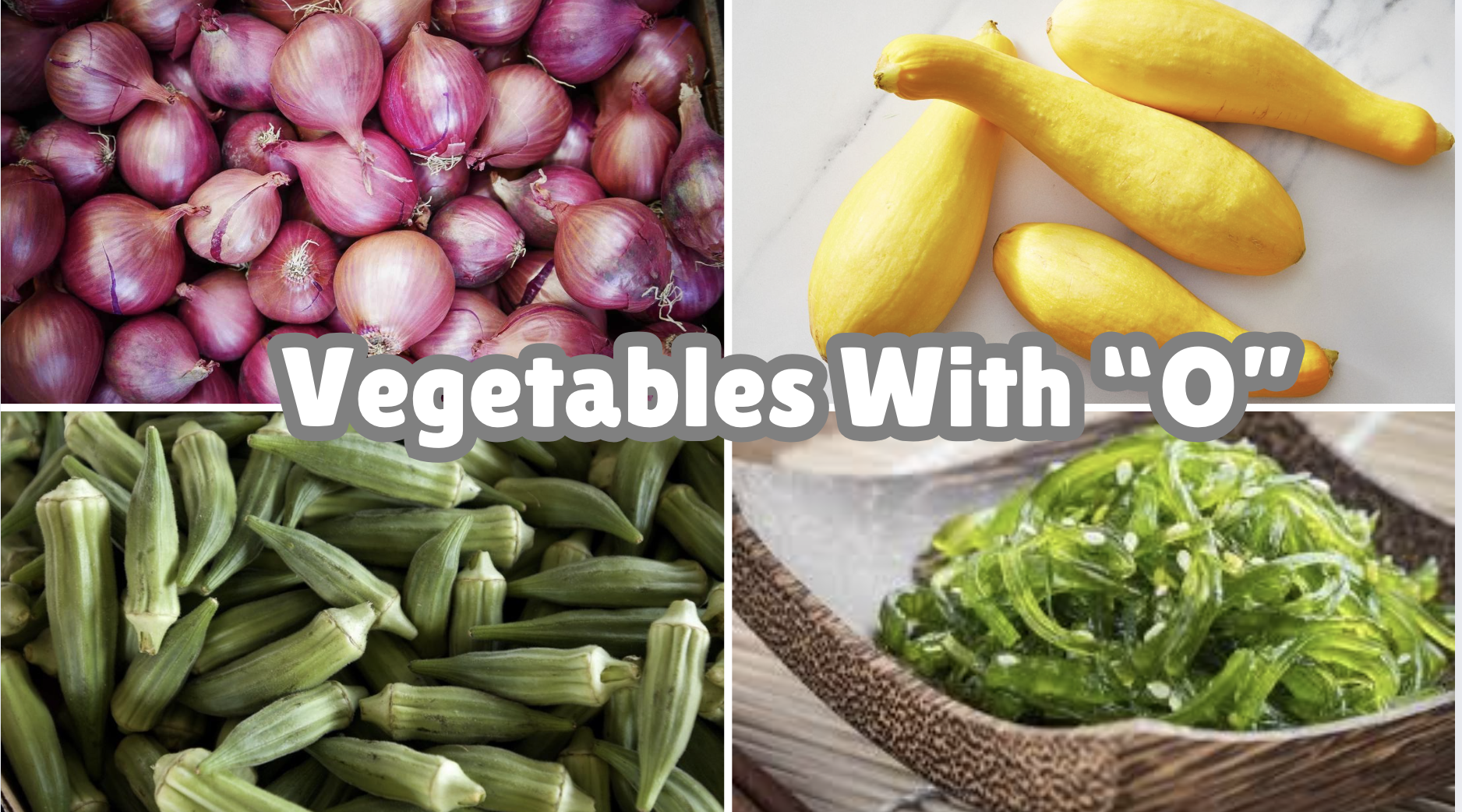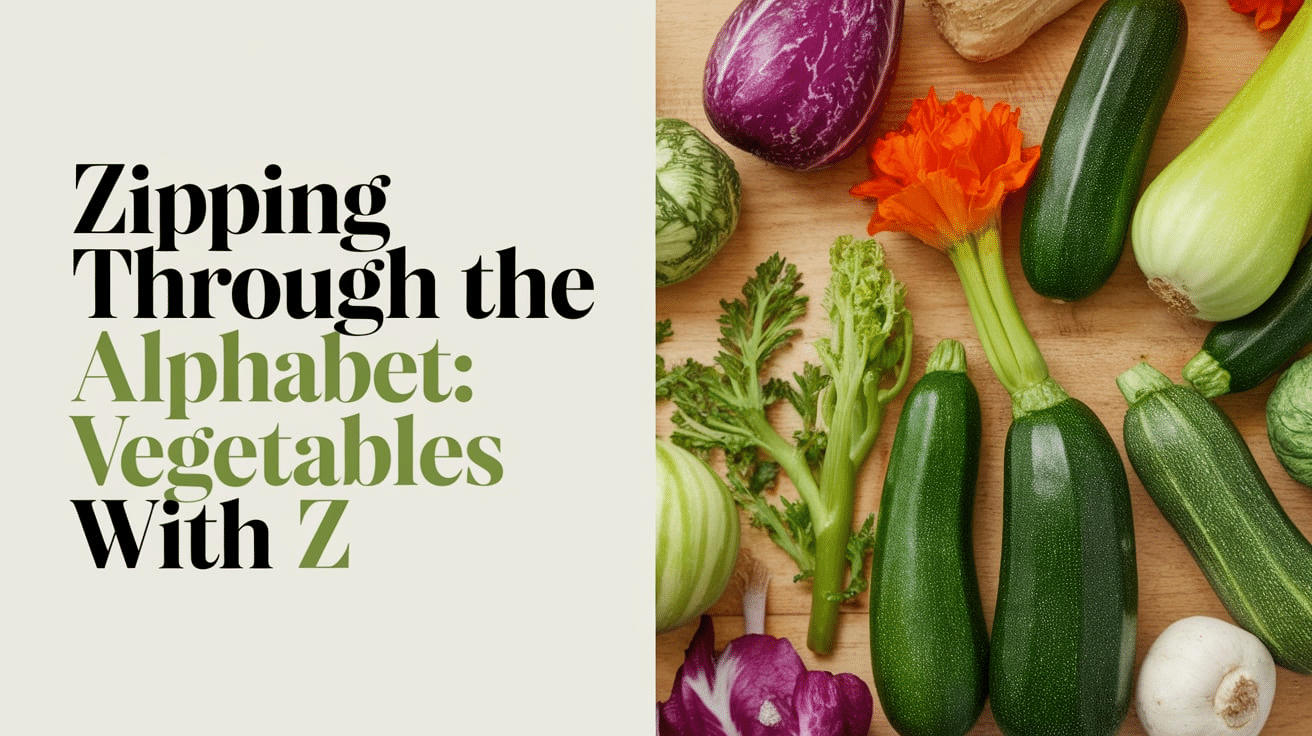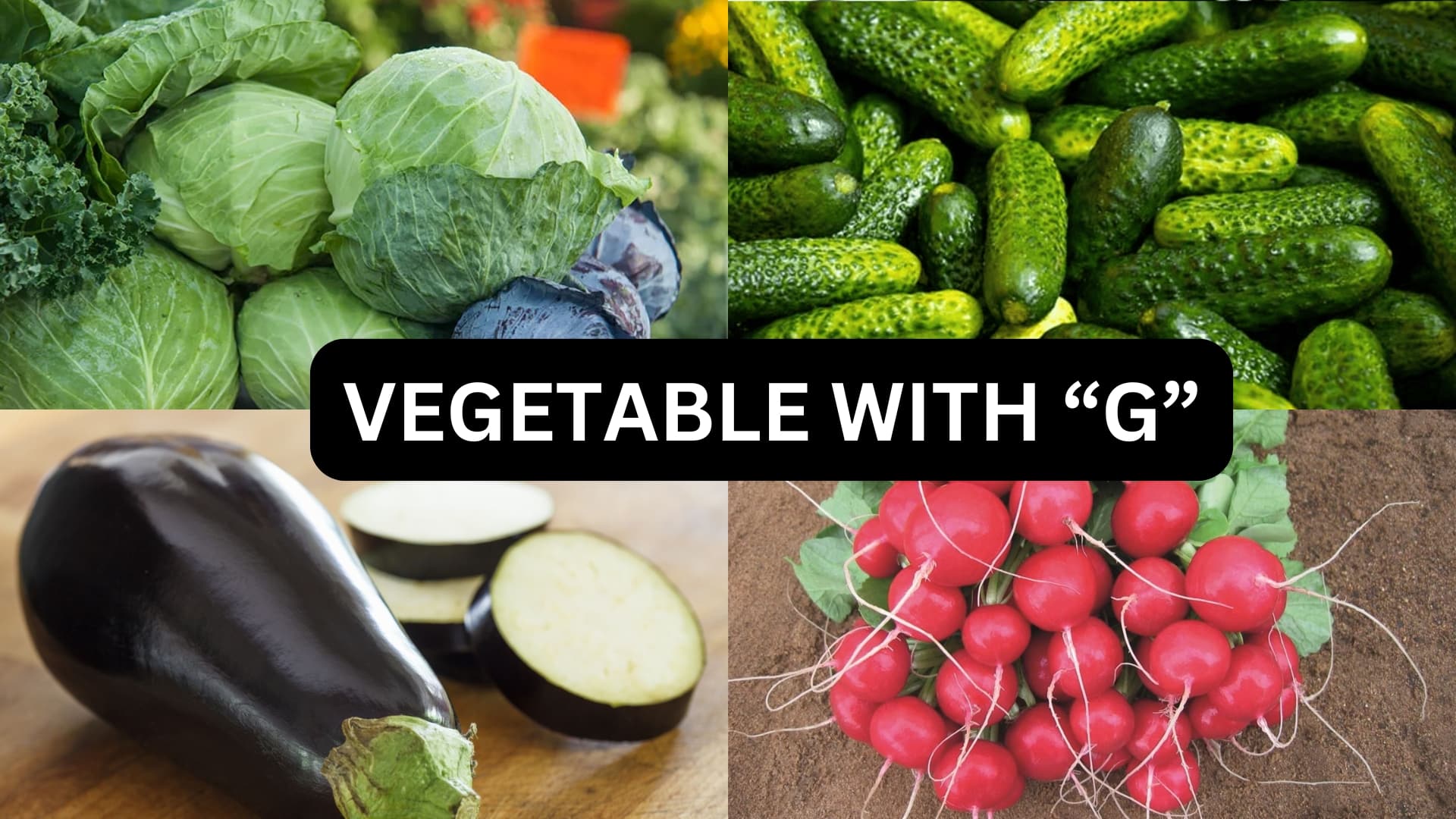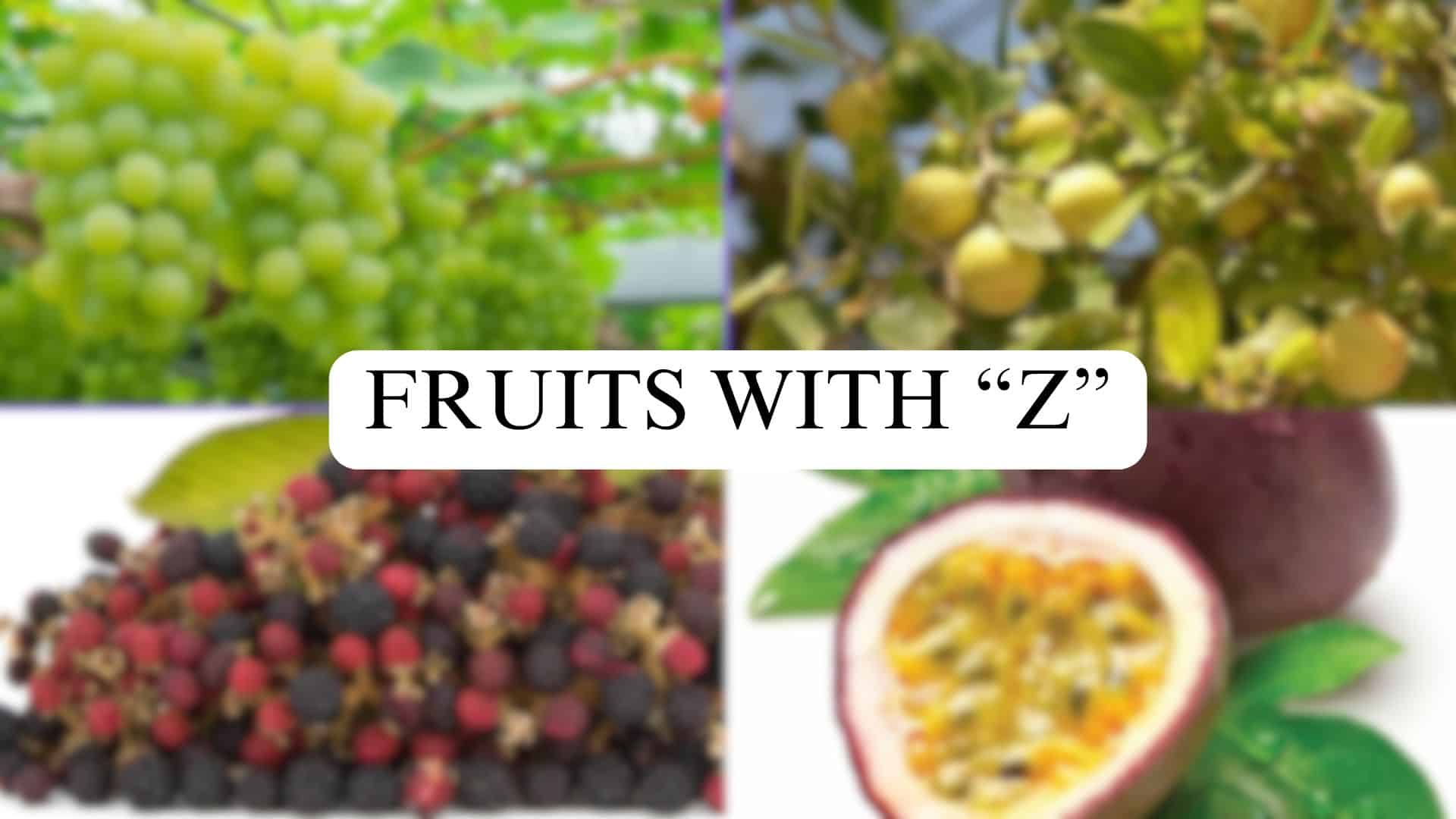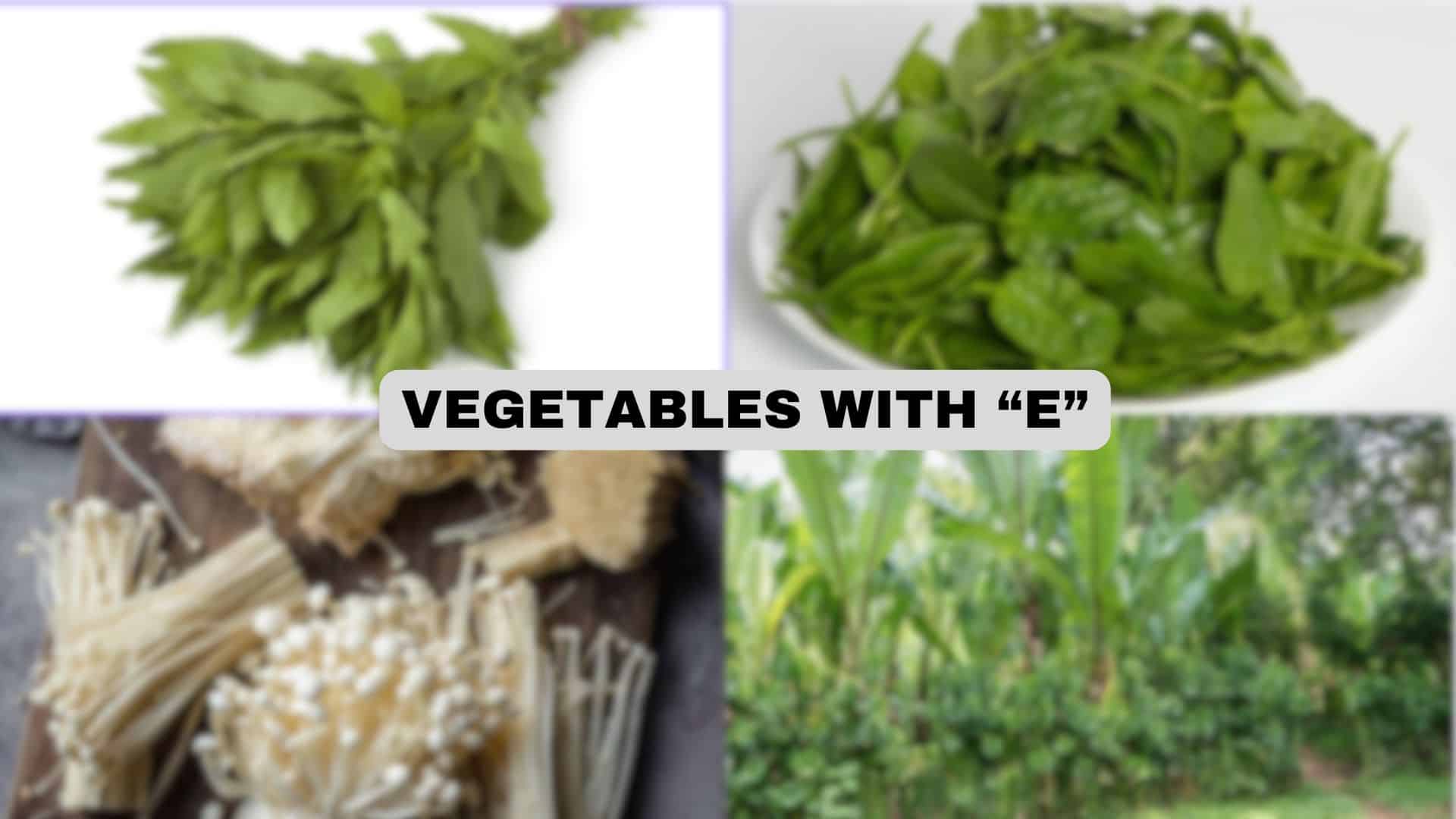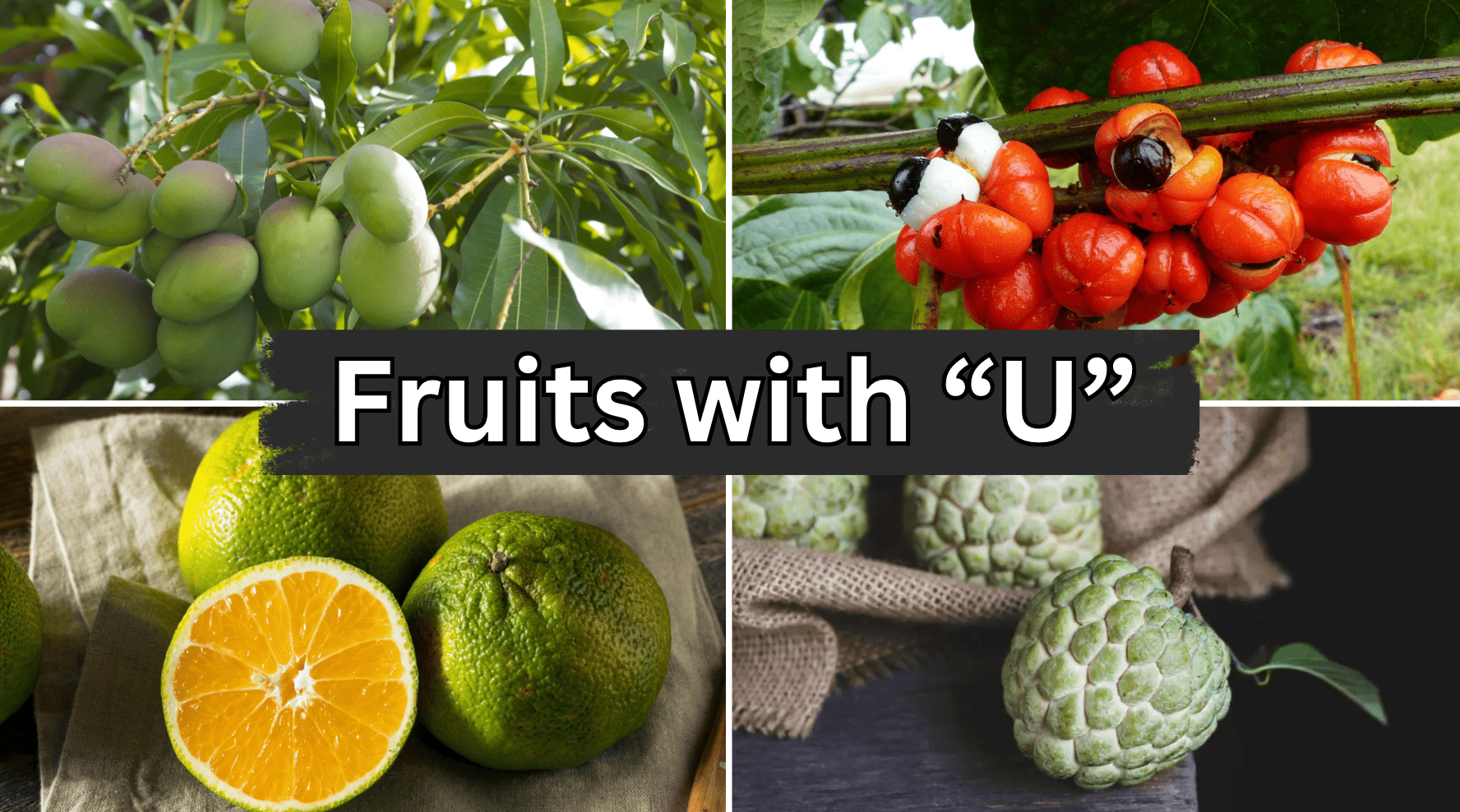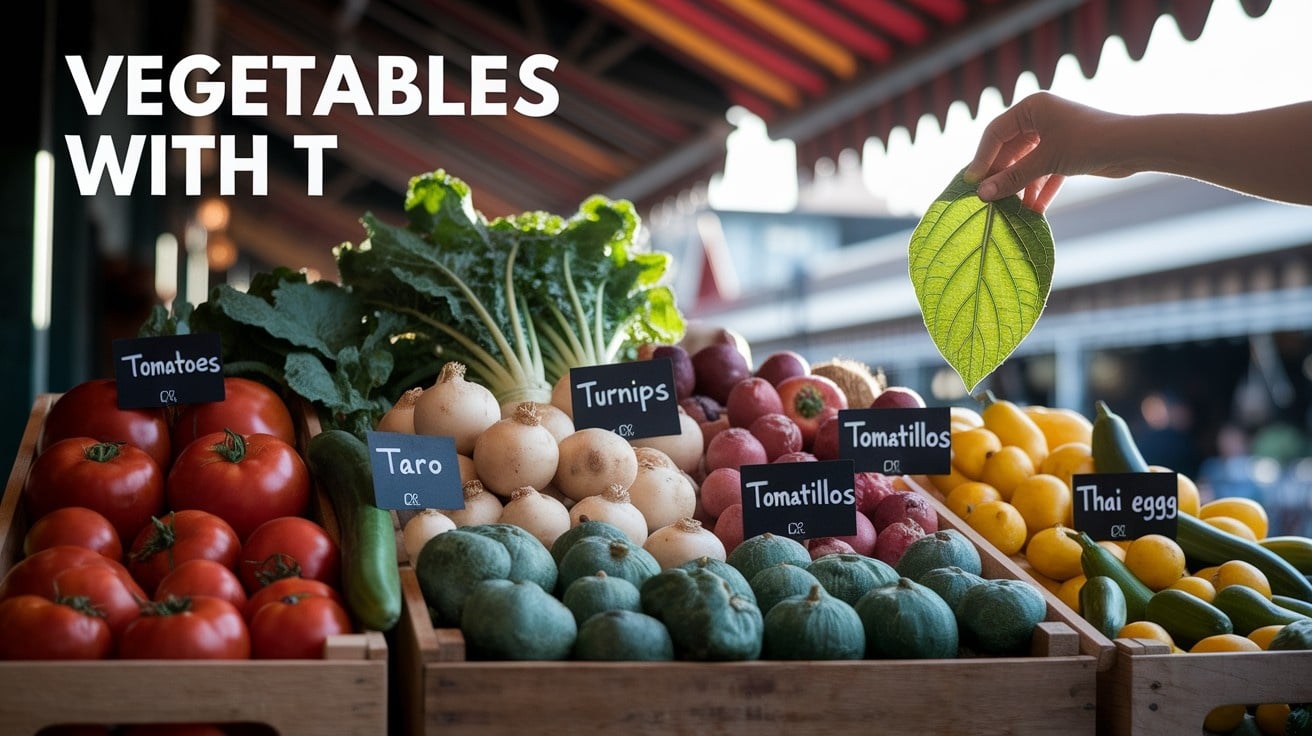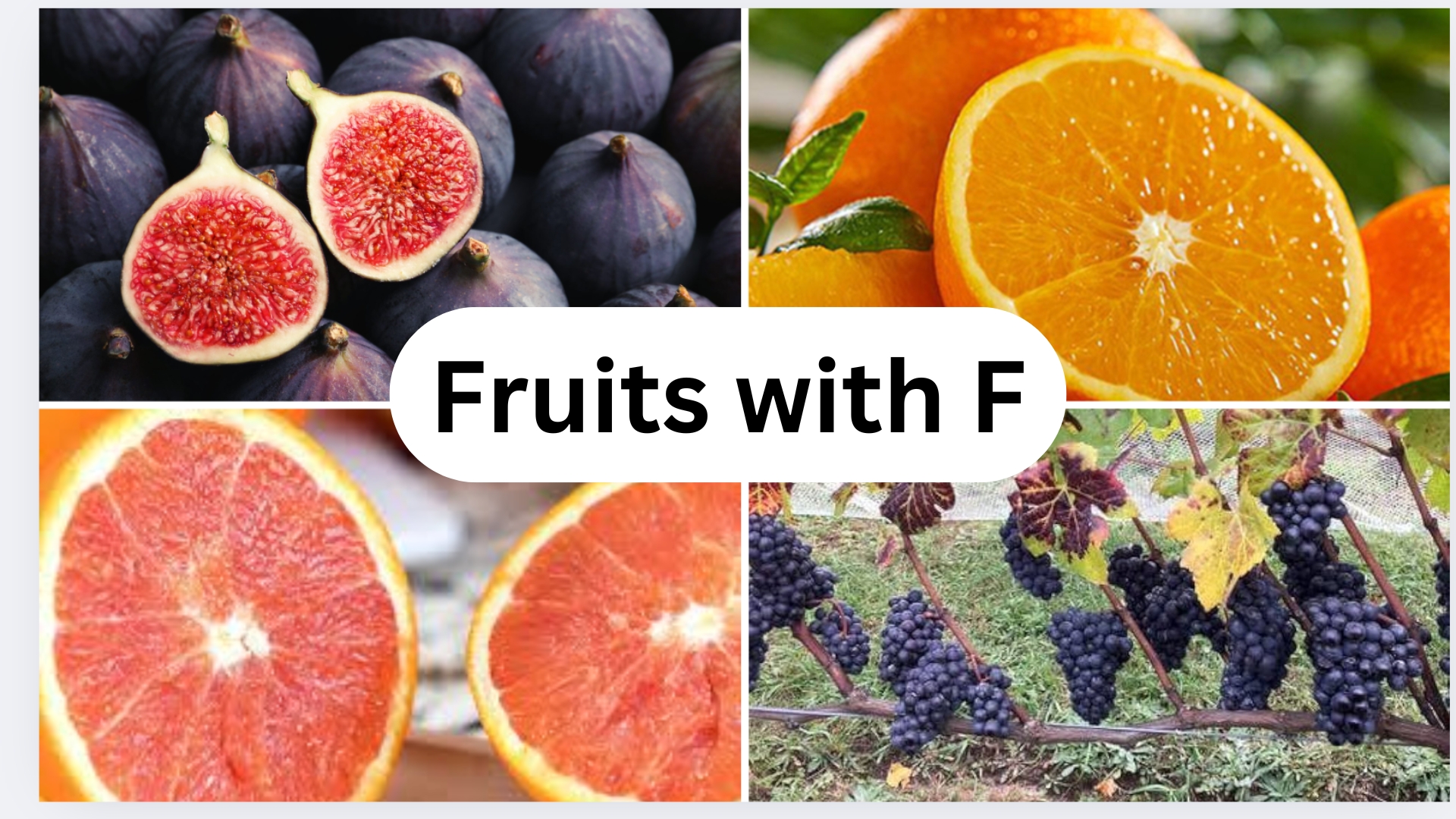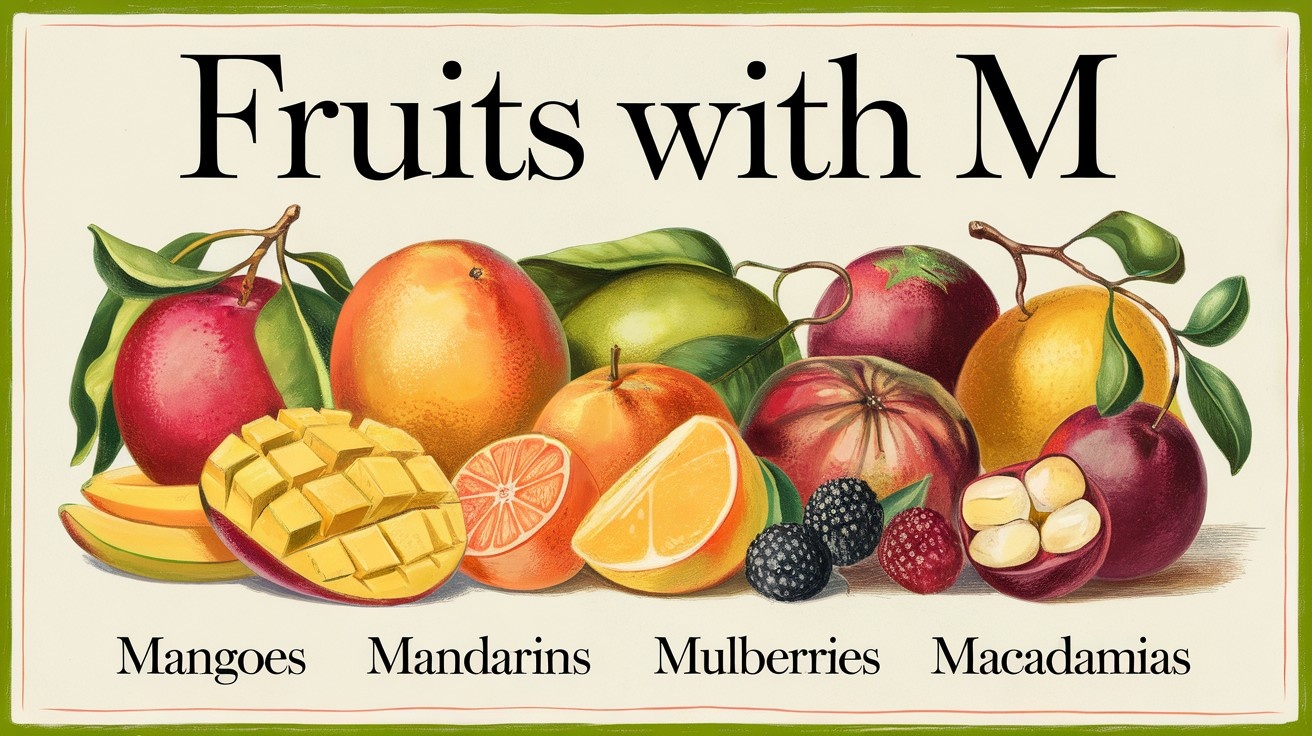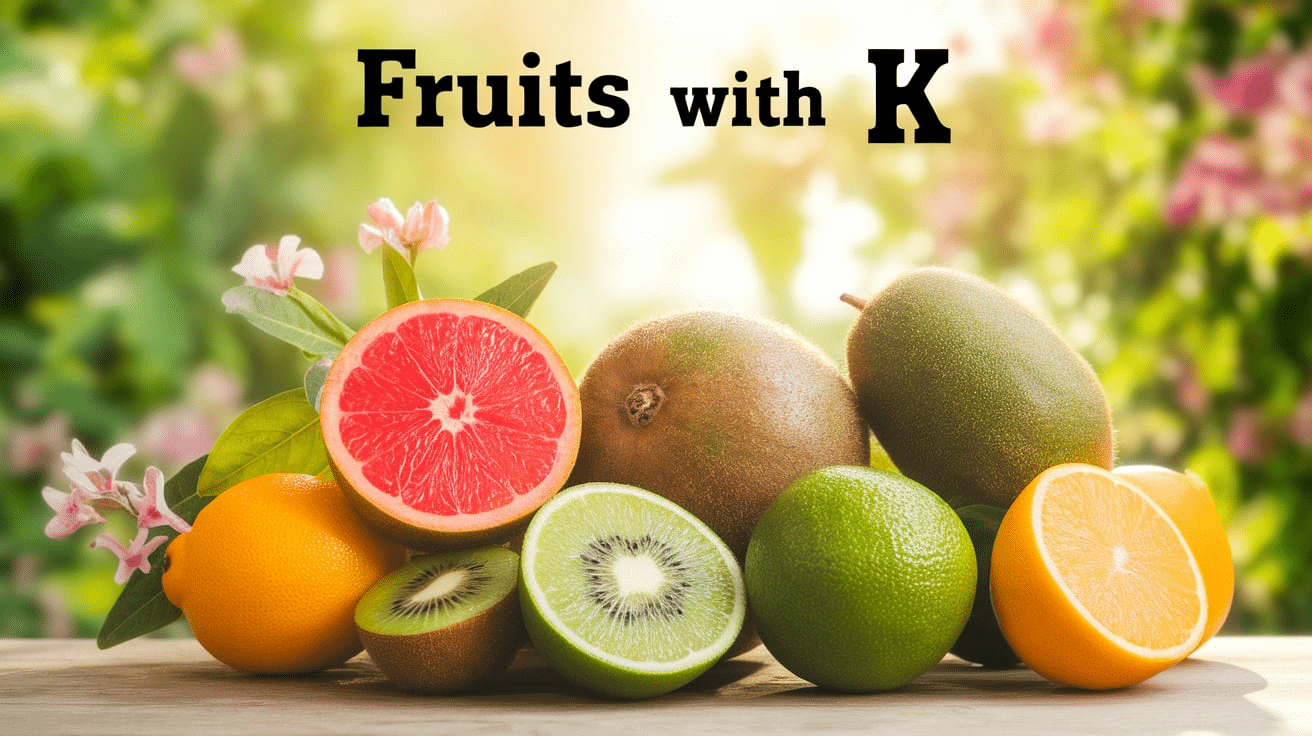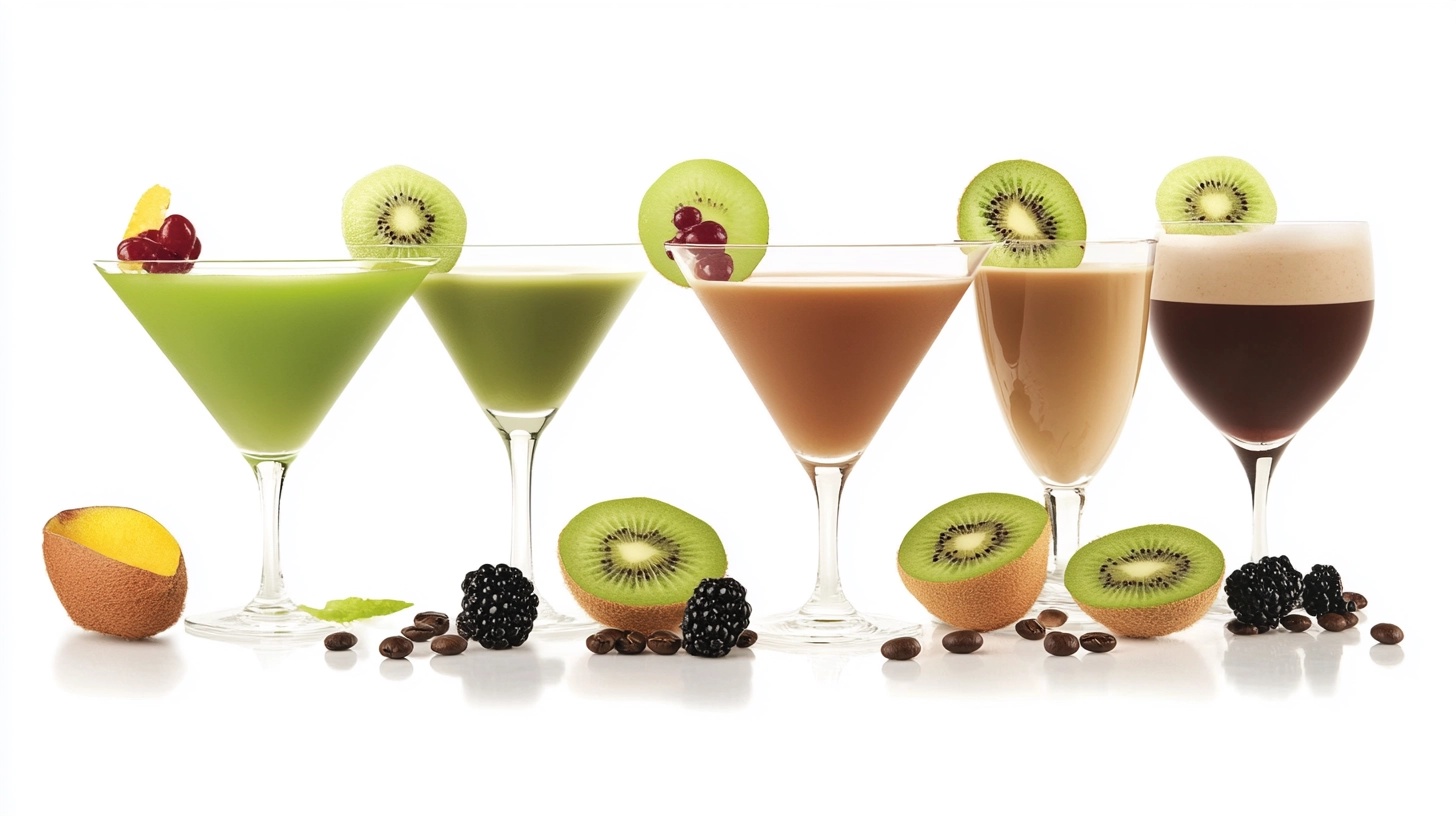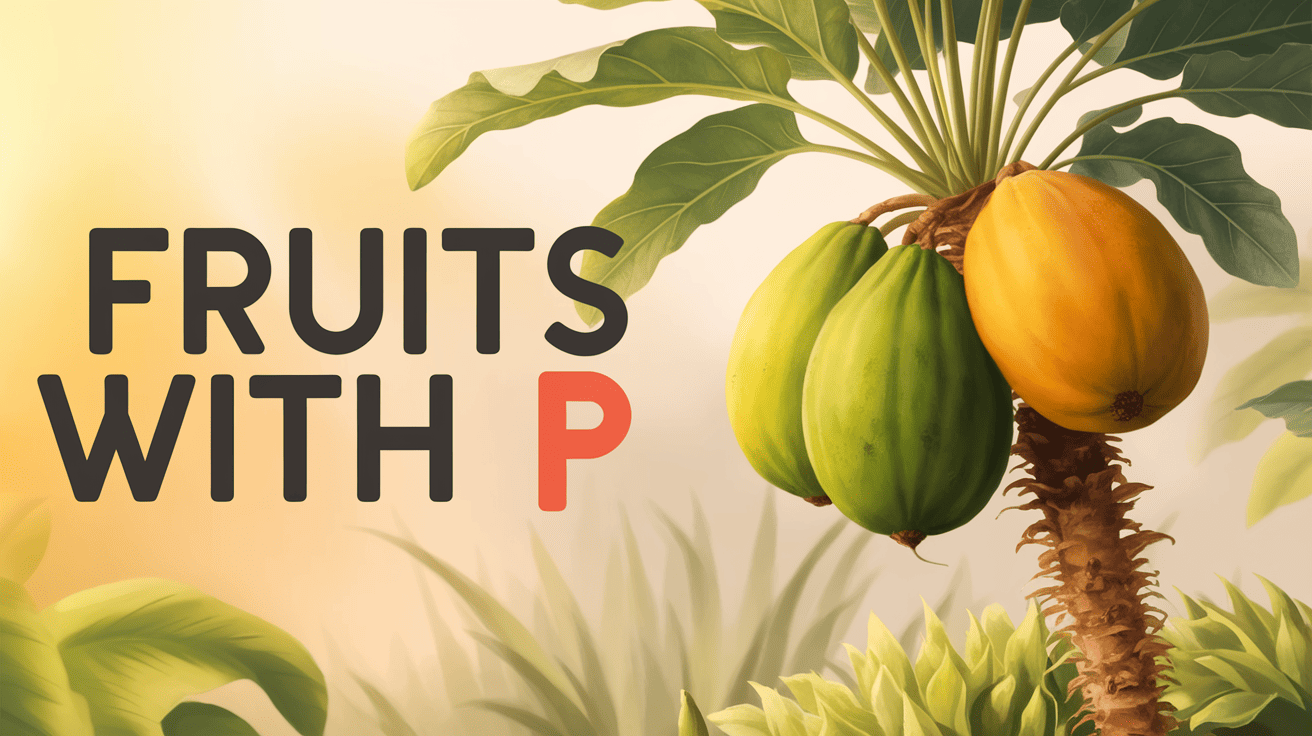
Fruits with P offer many tasty options for your diet. Peaches bring summer sweetness and juiciness, perfect for eating fresh or adding to desserts.
Pears, with their gentle flavor and smooth texture, work well both fresh and baked. Plums come in many varieties, ranging from sweet to tart, and can be dried as prunes for a concentrated flavor.
Pineapples add a tropical taste to dishes while also supporting digestion with natural enzymes.
Pomegranates contain ruby-colored seeds that add crunch and tang to salads and meals. Persimmons, when fully ripe, offer honey-like sweetness many enjoy.
Most of these fruits are available at grocery stores, though some are seasonal. Adding P-fruits brings variety and important nutrients to your meals. Which have you tried?
Common Fruits Beginning with the Letter ‘P’
1. Papaya
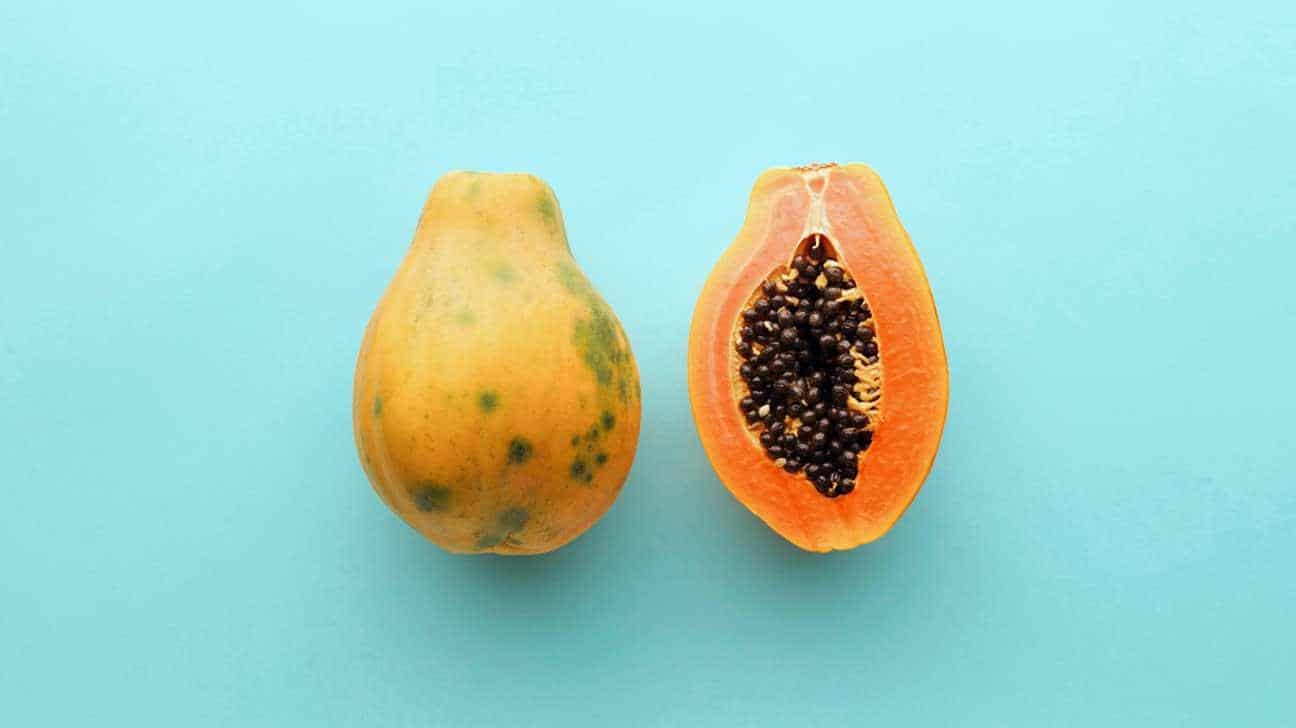
Origin: Native to southern Mexico and Central America.
Health Benefits: Rich in vitamin C, aids digestion, and has anti-inflammatory properties.
Seasonality: Available year-round, with peak season in the summer.
2. Peach
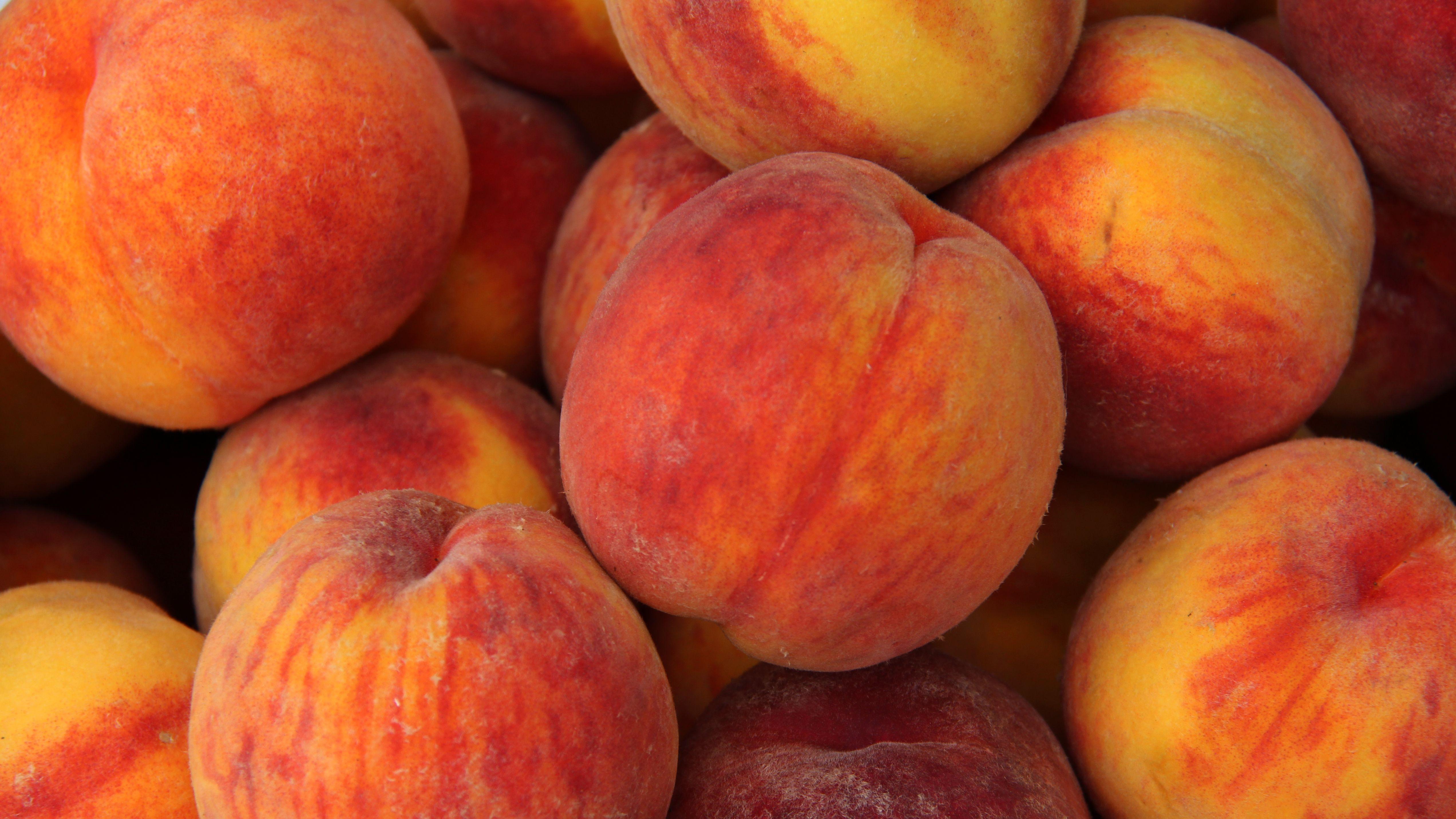
Origin: Native to China, later spread to Europe and the Americas.
Health Benefits: High in vitamins A and C, supports skin health, and boosts immunity.
Seasonality: Available in late spring to early fall.
3. Pear
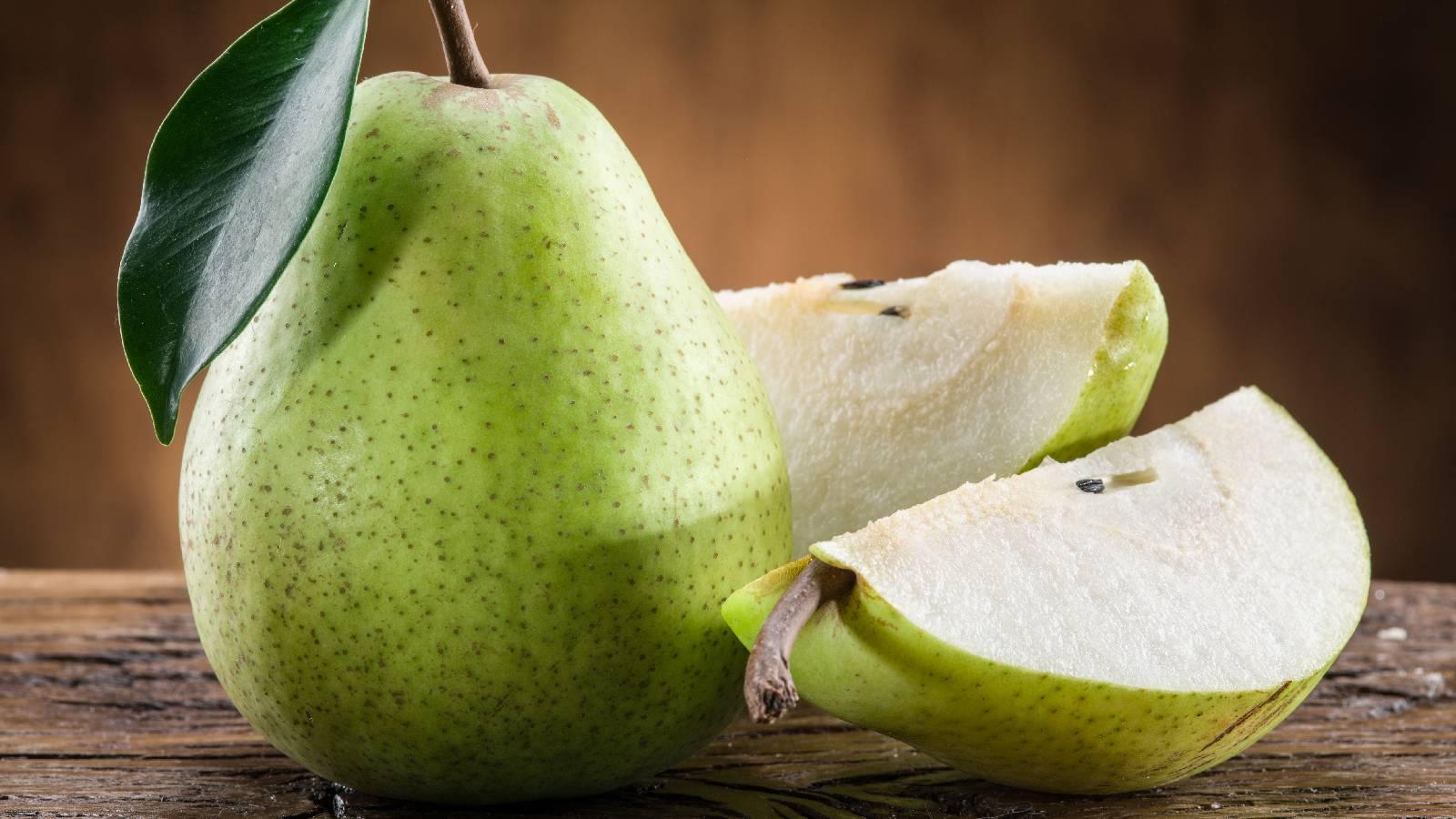
Origin: Believed to have originated in Europe and Asia.
Health Benefits: Good source of fiber, supports digestion, and helps regulate blood pressure.
Seasonality: Available from late summer to early winter.
4. Plum
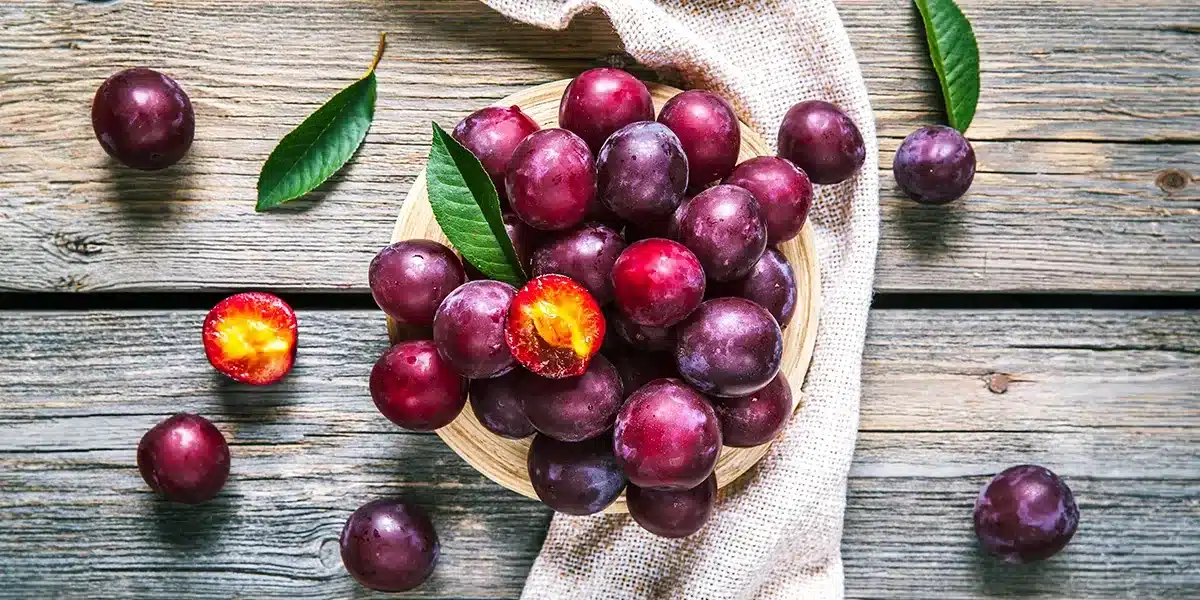
Origin: Native to the Caucasus region, with a long history in Europe and Asia.
Health Benefits: Rich in antioxidants, aids in digestion, and promotes heart health.
Seasonality: Available in late summer to early fall.
5. Pineapple

Origin: Native to South America, particularly Brazil and Paraguay.
Health Benefits: High in vitamin C, supports digestion, and has anti-inflammatory effects.
Seasonality: Available year-round, with peak season in summer.
6. Pomegranate
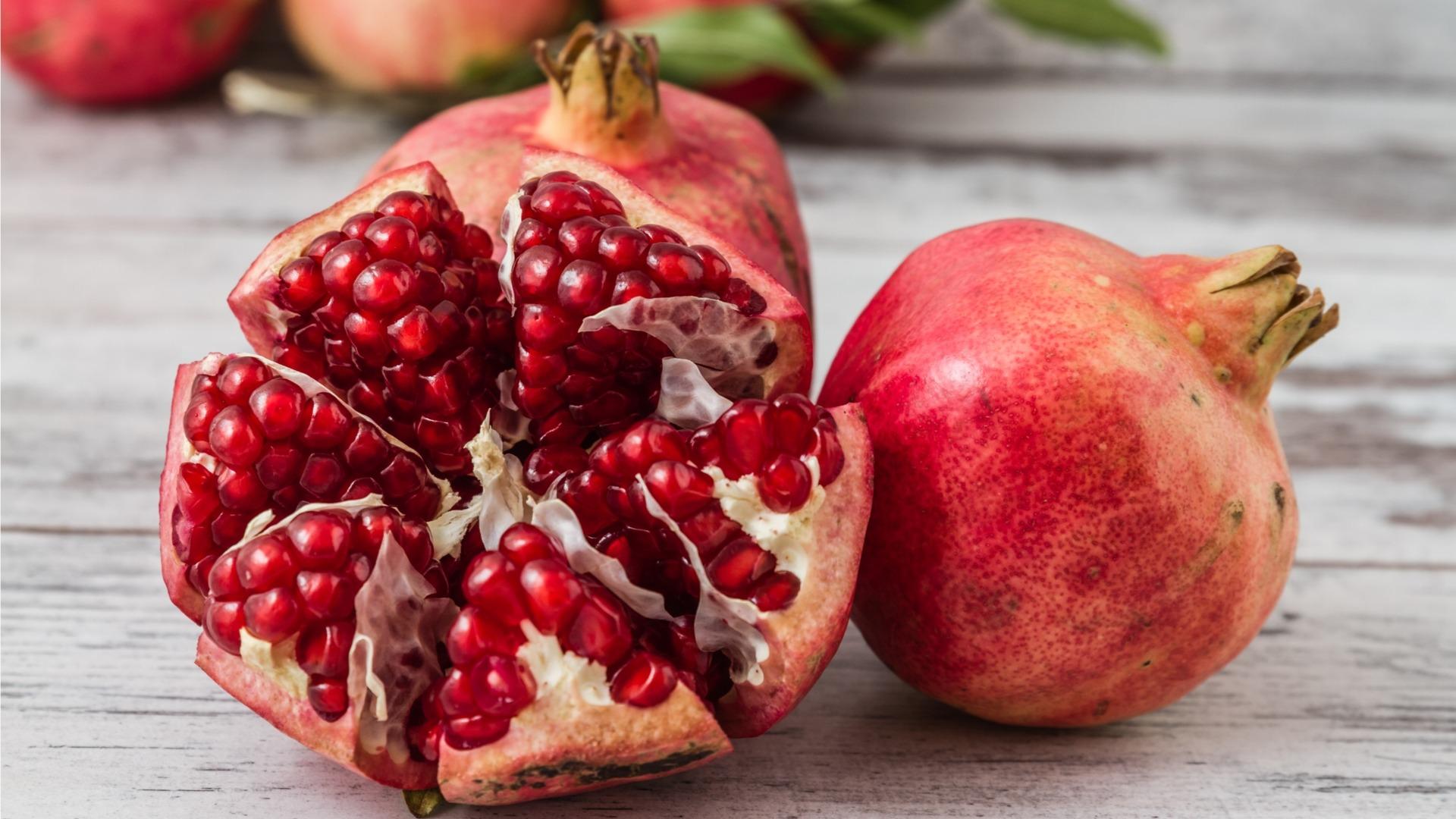
Origin: Native to the Mediterranean region, including parts of Asia.
Health Benefits: High in antioxidants, supports heart health, and has anti-inflammatory properties.
Seasonality: Available from late fall to winter.
7. Persimmon
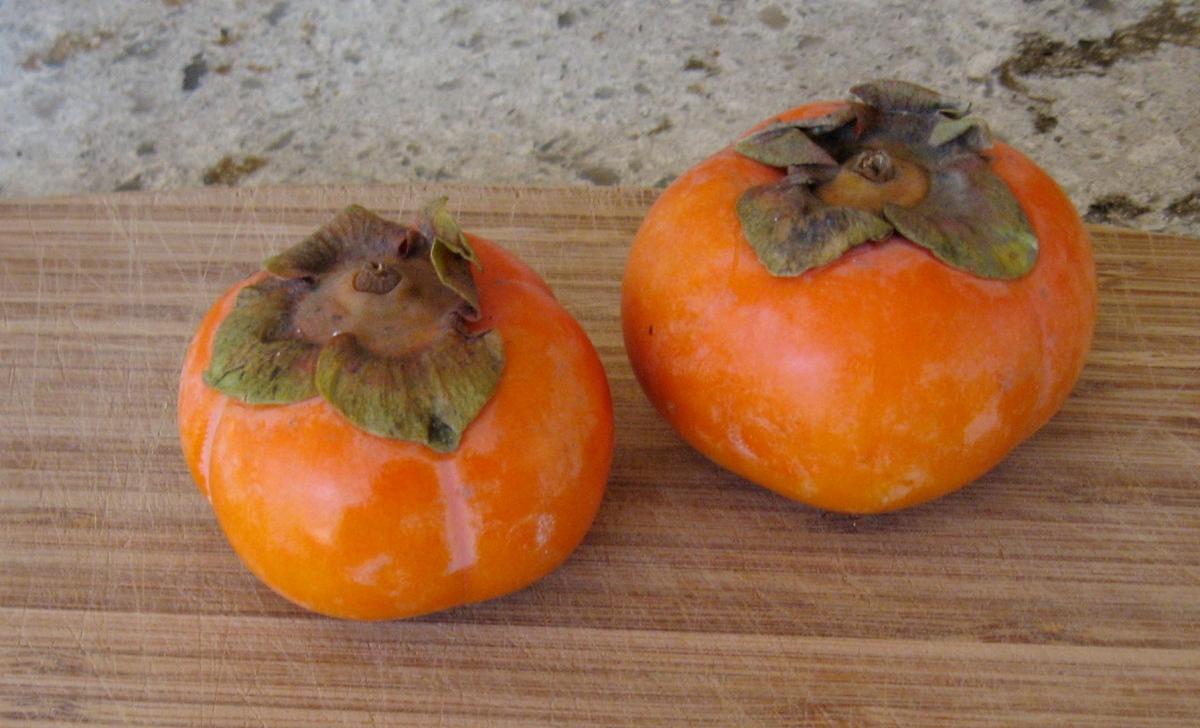
Origin: Native to East Asia, particularly China, Japan, and Korea.
Health Benefits: High in vitamin C, supports eye health, and boosts immune function.
Seasonality: Available in the fall and winter.
8. Prickly Pear
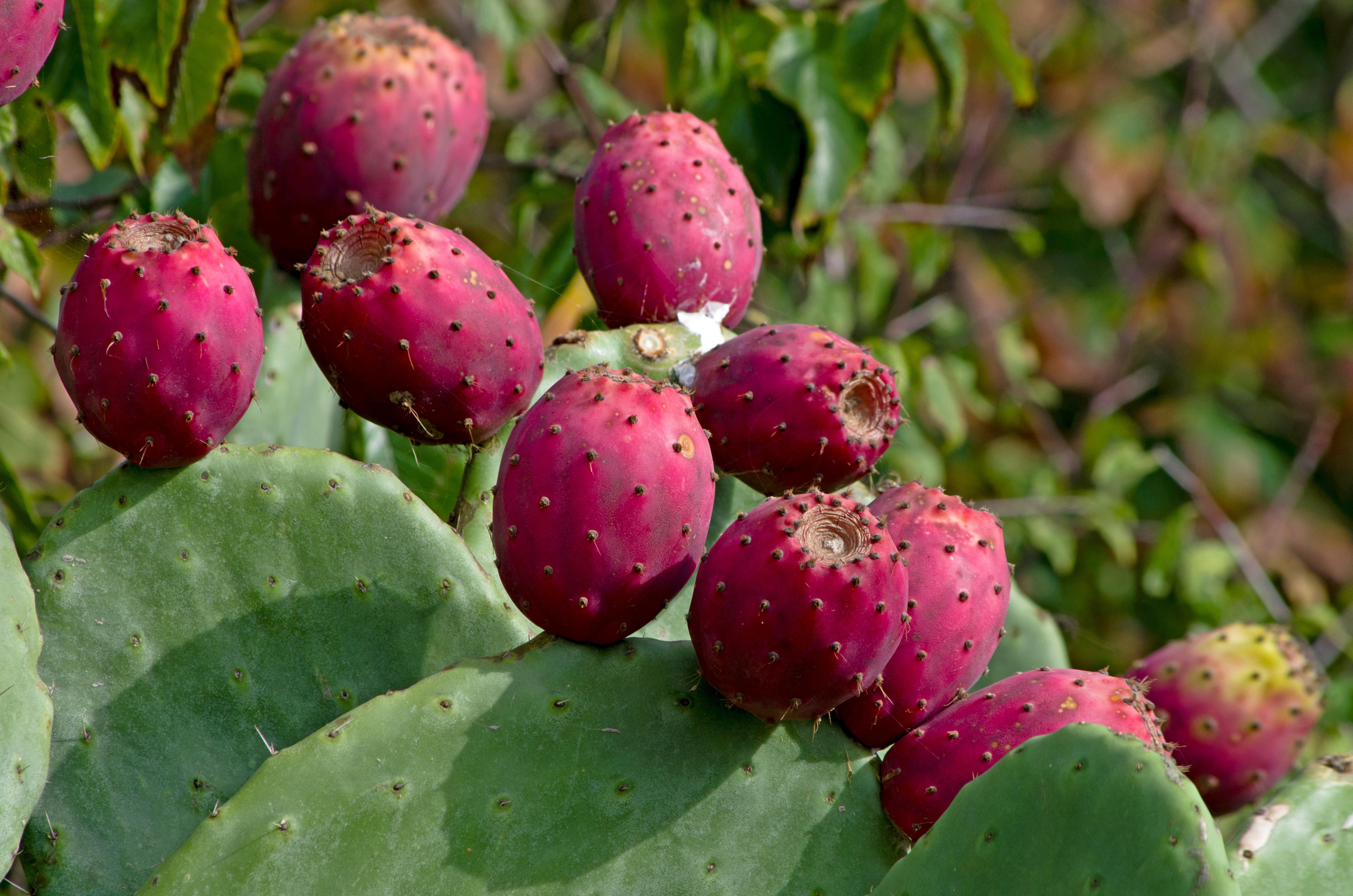
Origin: Native to the Americas, particularly Mexico and the southwestern United States.
Health Benefits: Rich in antioxidants, supports blood sugar regulation, and promotes digestive health.
Seasonality: Available in late summer to fall.
9. Pomelo
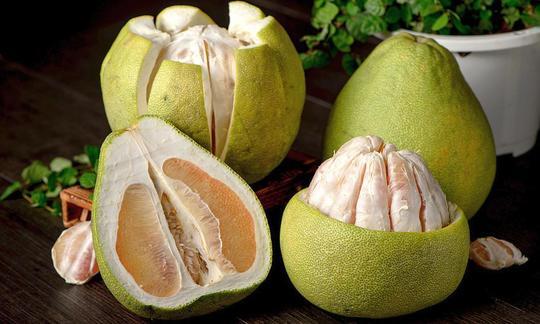
Origin: Native to Southeast Asia, particularly Malaysia and the Philippines.
Health Benefits: High in vitamin C, supports immune function, and aids in weight loss.
Seasonality: Available in winter and early spring.
10. Pluot
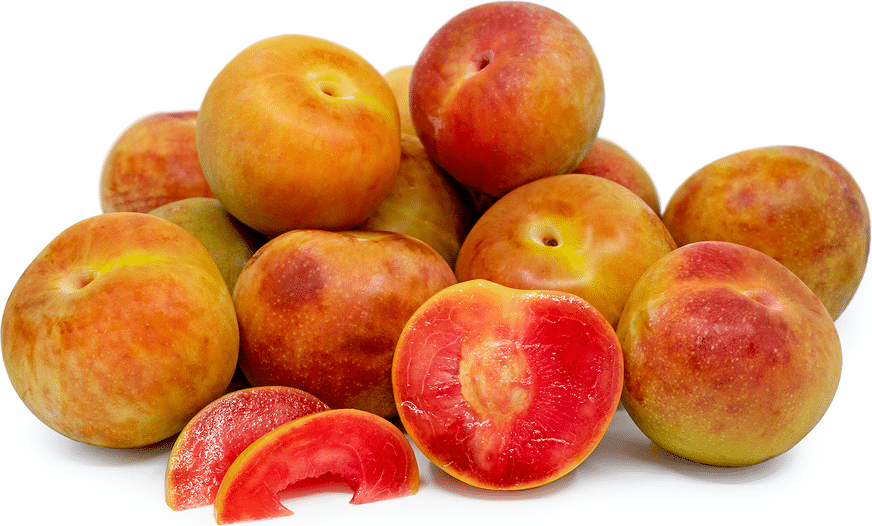
Origin: A hybrid fruit developed in the United States, a cross between plums and apricots.
Health Benefits: Rich in vitamins A and C, supports skin health, and boosts immunity.
Seasonality: Available in late summer to early fall.
11. Pequi
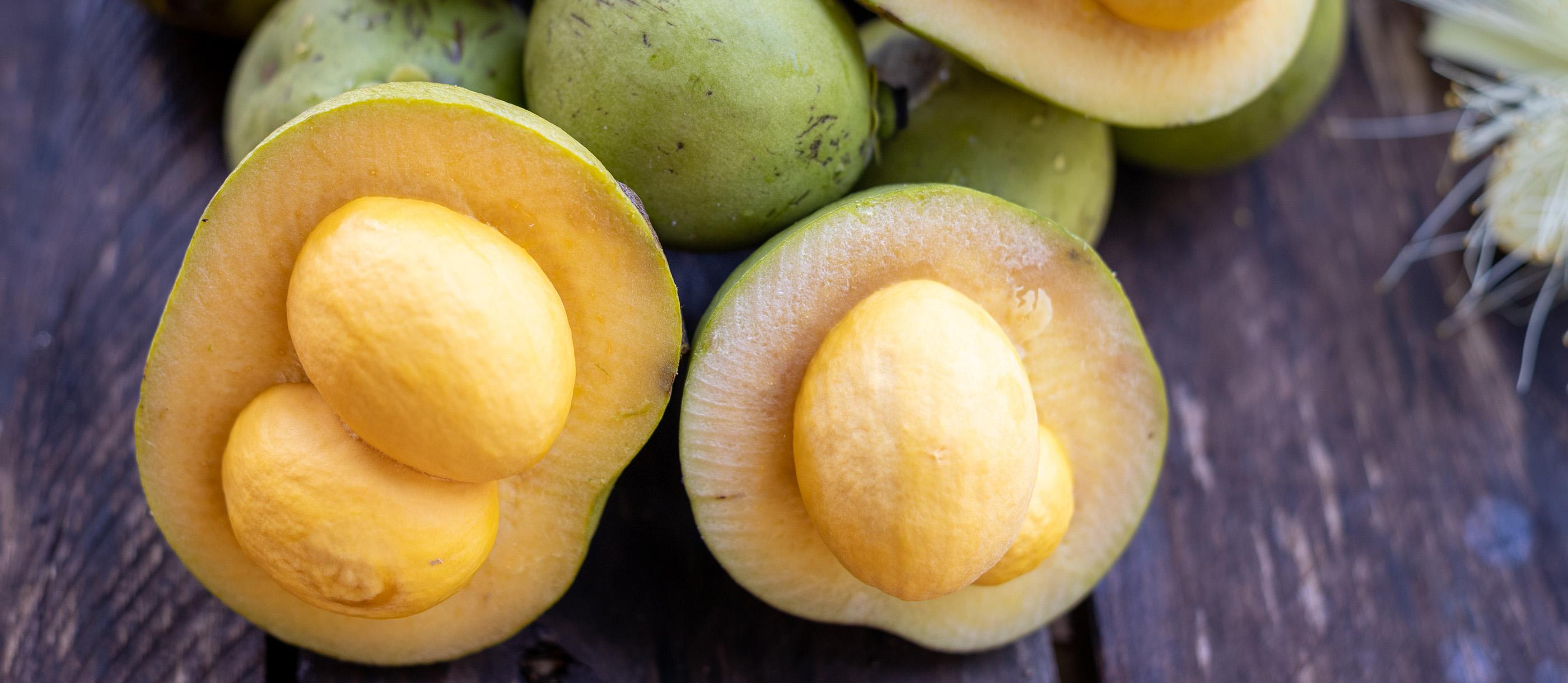
Origin: Native to Brazil and other parts of South America.
Health Benefits: Rich in vitamin A, supports vision health, and boosts immune function.
Seasonality: Available from late fall to winter.
12. Pitanga
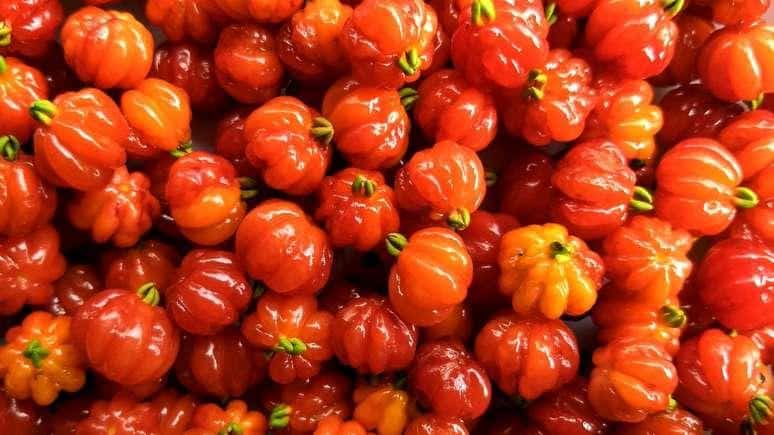
Origin: Native to South America, particularly Brazil.
Health Benefits: High in antioxidants, supports heart health, and helps reduce inflammation.
Seasonality: Available year-round.
13. Pawpaw
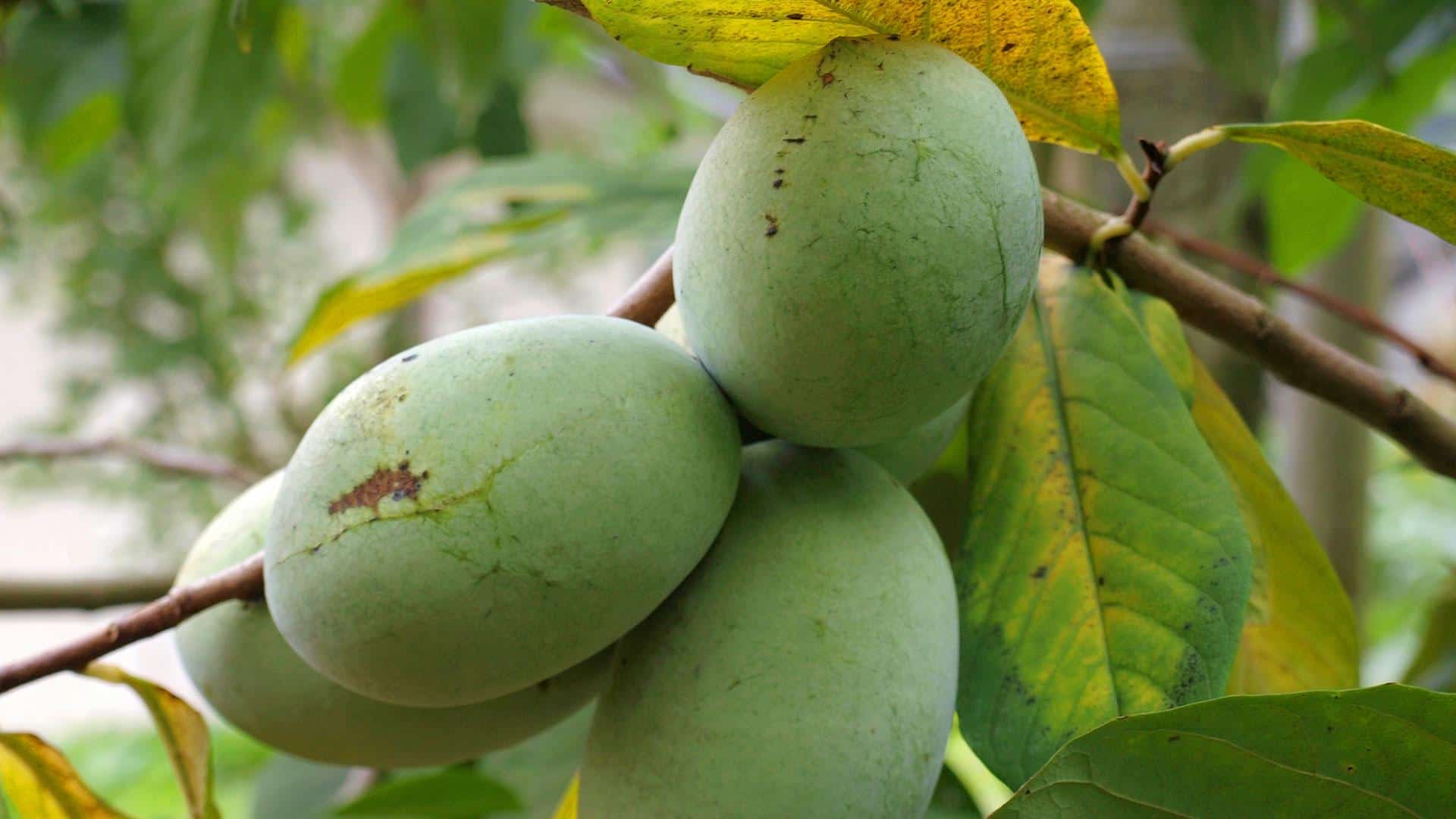
Origin: Native to the United States, primarily in the Midwest and Appalachians.
Health Benefits: Rich in vitamins C and A, supports digestion, and has anti-inflammatory properties.
Seasonality: Available in late summer to early fall.
14. Passion Fruit
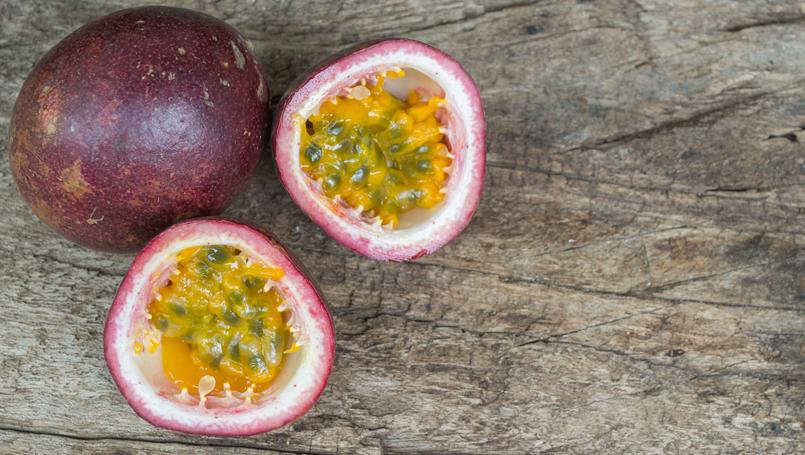
Origin: Native to South America, particularly Brazil, Paraguay, and Argentina.
Health Benefits: High in fiber, supports digestive health, and promotes heart health.
Seasonality: Available year-round, with peak season in late summer to fall.
15. Plumcot
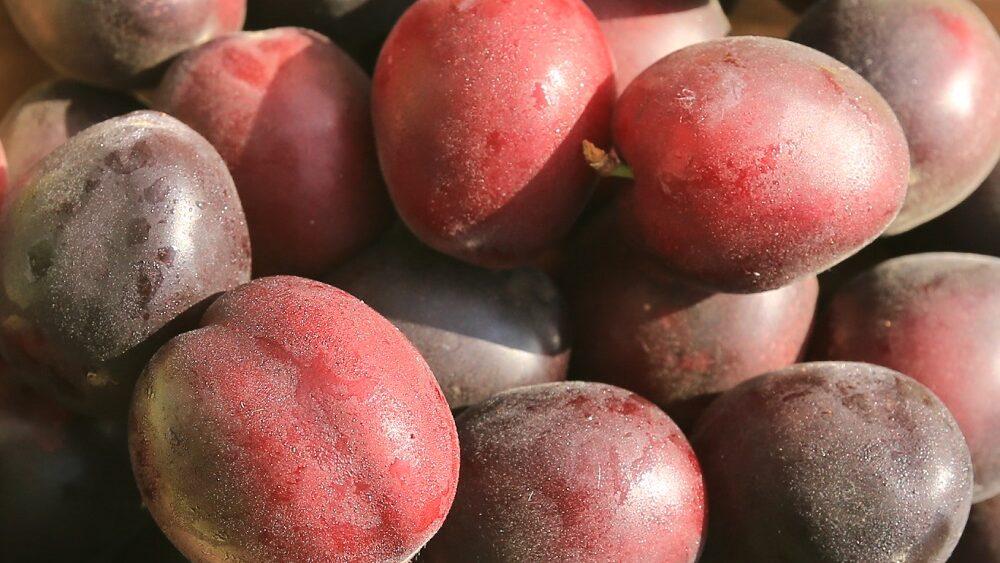
Origin: Hybrid fruit developed in the United States, a cross between plums and apricots.
Health Benefits: Rich in vitamins A and C, supports skin health, and boosts immunity.
Seasonality: Available in late summer to early fall.
16. Pineberry
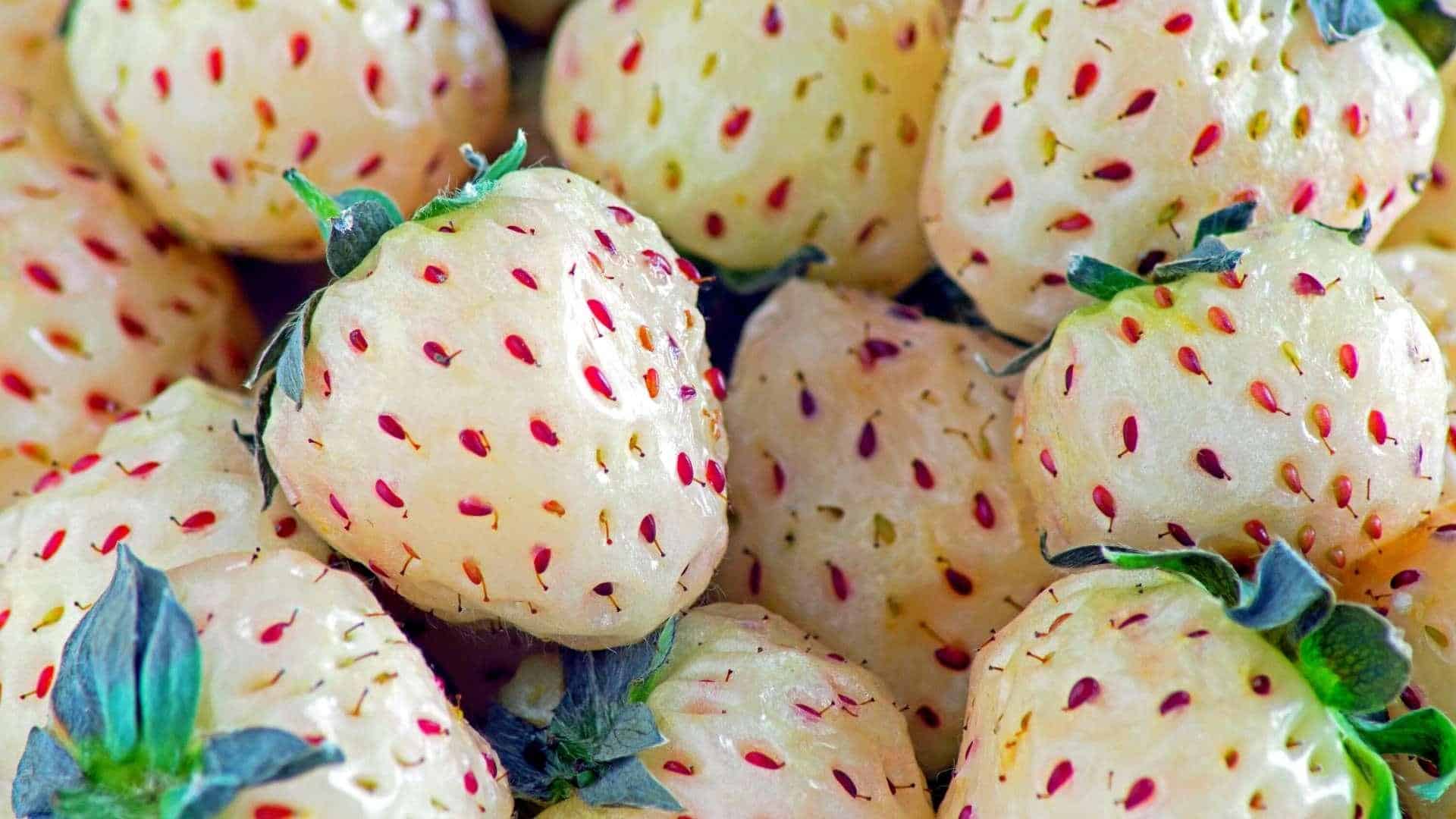
Origin: A white strawberry variety originally from South America.
Health Benefits: High in antioxidants, supports skin health, and helps improve blood circulation.
Seasonality: Available in late spring to summer.
17. Pineapple Guava
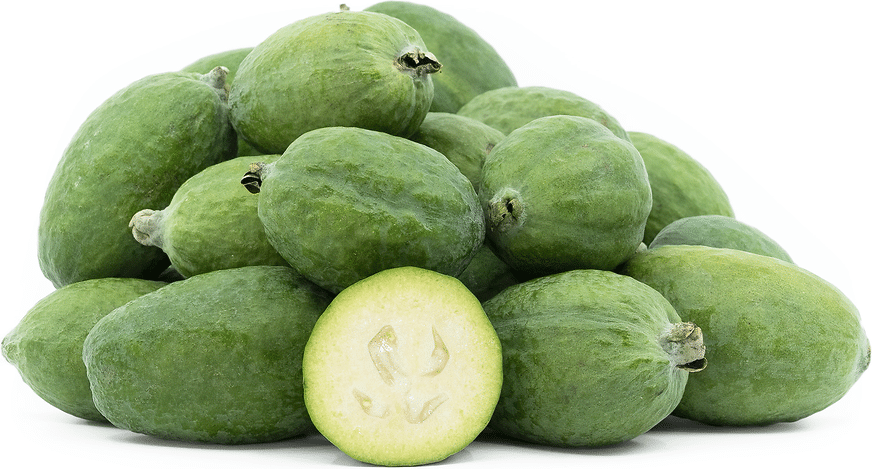
Origin: Native to South America, particularly Brazil and Argentina.
Health Benefits: Rich in vitamin C, supports immune function, and has anti-inflammatory properties.
Seasonality: Available from late fall to winter.
18. Prunus
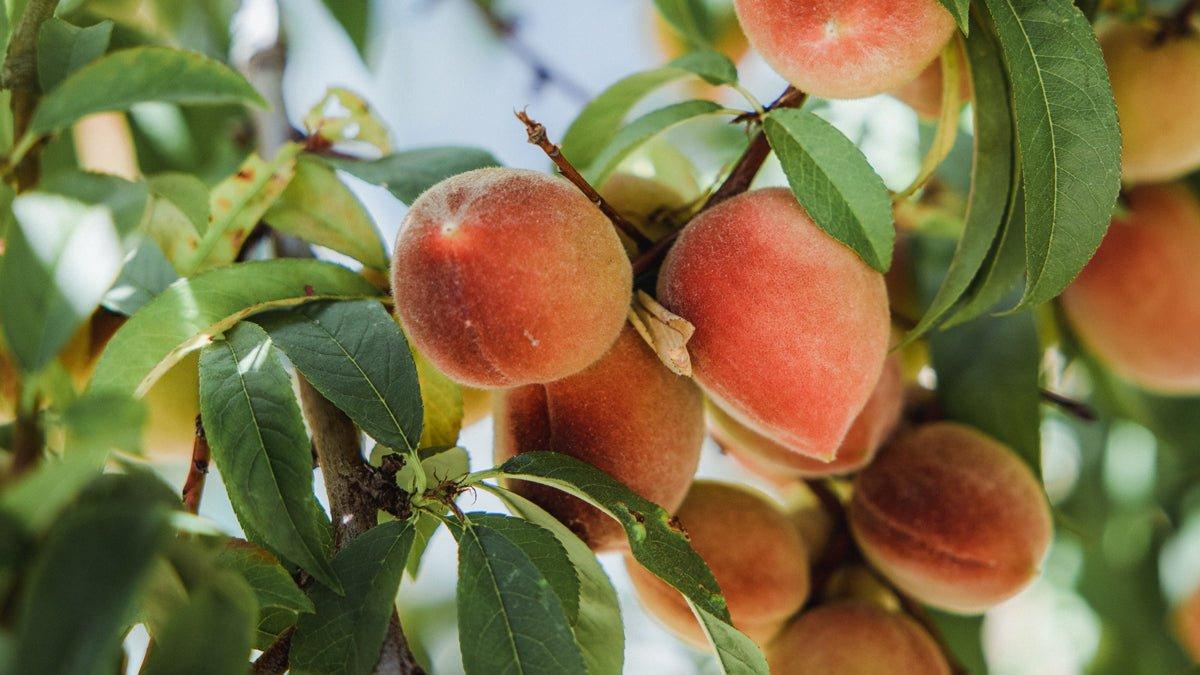
Origin: Native to Europe and Asia.
Health Benefits: Rich in antioxidants, supports heart health, and helps with digestion.
Seasonality: Available in late spring to early summer.
19. Purple Mangosteen
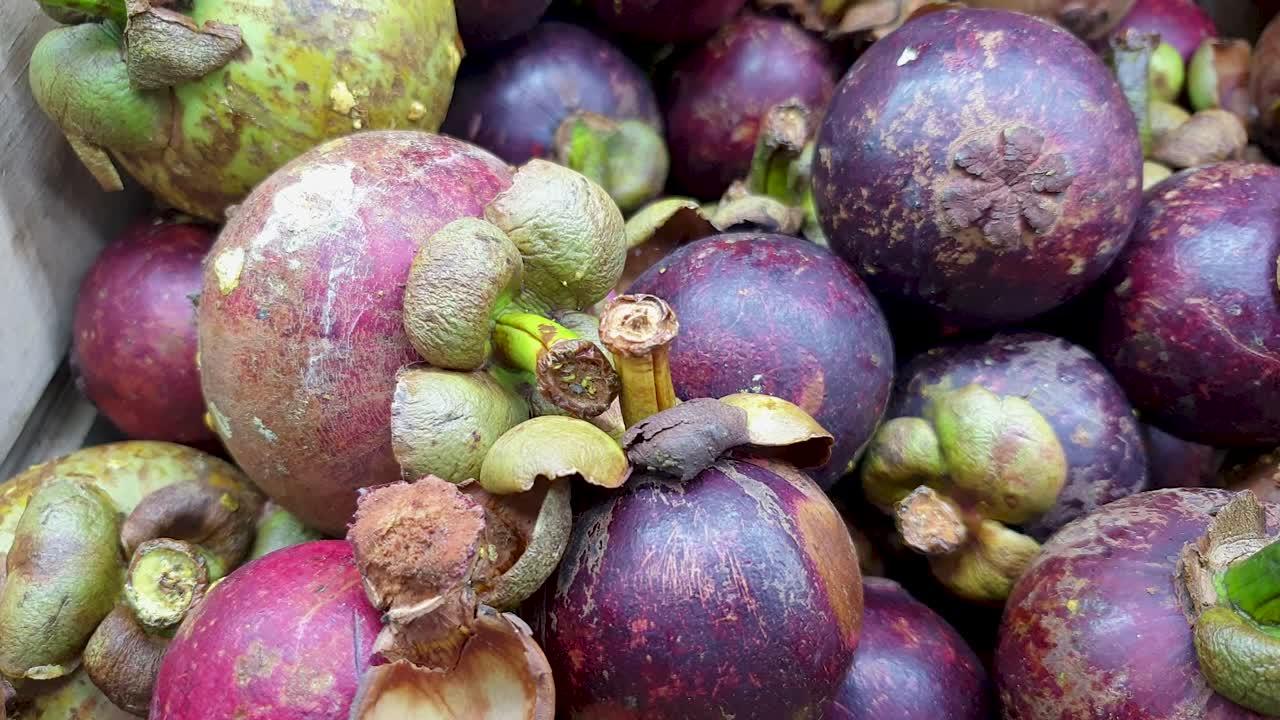
Origin: Native to Southeast Asia, particularly Malaysia, Thailand, and Indonesia.
Health Benefits: High in antioxidants, supports digestive health, and boosts immune function.
Seasonality: Available year-round, with peak season in summer.
20. Pink Grapefruit
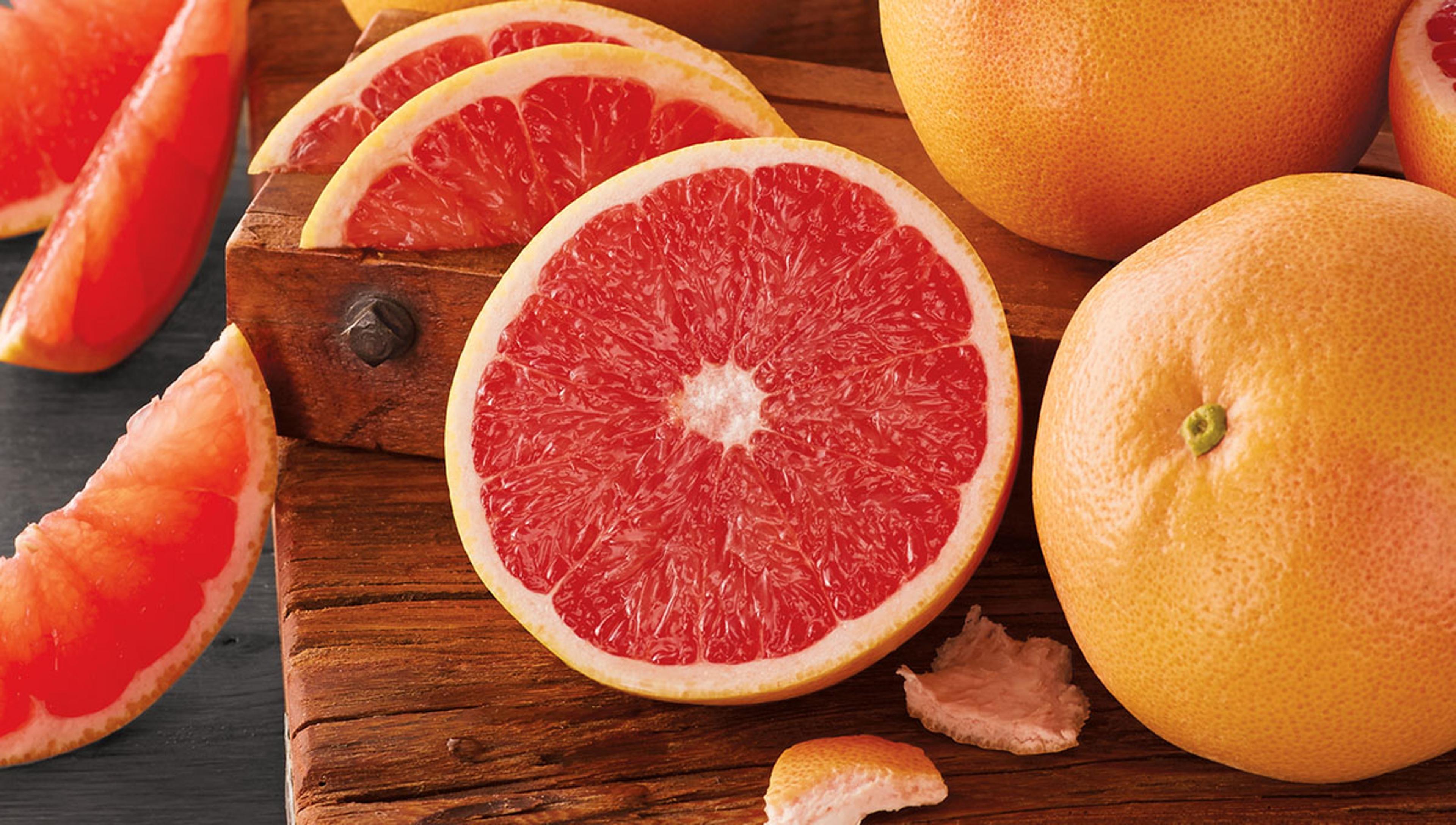
Origin: A hybrid fruit developed in the United States, specifically in Florida.
Health Benefits: High in vitamin C, promotes heart health, and supports weight loss.
Seasonality: Available year-round, with peak season in winter.
Some More P-Named Fruits
21. Pummelo
Origin: Native to Southeast Asia, particularly Malaysia and Thailand.
Health Benefits: High in vitamin C, supports immune function, and aids in digestion.
Seasonality: Available in winter and early spring.
22. Pitomba
Origin: Native to Brazil, particularly in the northeastern regions.
Health Benefits: Rich in vitamin C, supports immune health, and promotes digestive function.
Seasonality: Available in late summer to early fall.
23. Persian Lime
Origin: Native to Southeast Asia, primarily Iran and Iraq.
Health Benefits: High in vitamin C, supports immune function, and aids digestion.
Seasonality: Available year-round, with peak season in winter.
24. Pink Banana
Origin: Native to Southeast Asia and parts of the Pacific.
Health Benefits: High in potassium, supports heart health, and helps with muscle recovery.
Seasonality: Available year-round.
25. Plumcots
Origin: Hybrid fruit developed in California, a cross between plums and apricots.
Health Benefits: Rich in vitamin C and antioxidants, helps improve digestion, and supports immune function.
Seasonality: Available in late summer to early fall.
26. Passionfruit
Origin: Native to South America, specifically Brazil.
Health Benefits: High in dietary fiber, supports heart health, and helps with digestion.
Seasonality: Available year-round, with peak season in fall.
27. Pineapple Mango
Origin: A hybrid fruit found primarily in tropical regions, such as the Philippines.
Health Benefits: Rich in vitamins A and C, supports immune function, and aids digestion.
Seasonality: Available year-round, with peak season in summer.
28. Peachquat
Origin: Hybrid fruit developed in the United States, a cross between peaches and kumquats.
Health Benefits: Rich in vitamins A and C, supports digestion, and boosts immune function.
Seasonality: Available in late summer to early fall.
29. Purple Passionfruit
Origin: Native to South America, particularly Brazil and Argentina.
Health Benefits: High in vitamin C, supports digestive health, and promotes heart health.
Seasonality: Available year-round, with peak season in fall.
30. Pepino Melon
Origin: Native to South America, particularly the Andean regions of Peru and Chile.
Health Benefits: High in vitamin C, supports immune function, and aids in hydration.
Seasonality: Available in late summer to fall.
31. Purple Grape
Origin: Native to the Mediterranean region, later spread to parts of North America.
Health Benefits: High in antioxidants, supports heart health, and promotes healthy skin.
Seasonality: Available year-round, with peak season in late summer to fall.
32. Polish Quince
Origin: Native to the Mediterranean region, particularly Poland and surrounding areas.
Health Benefits: High in fiber, supports heart health, aids in digestion, and helps control blood sugar levels.
Seasonality: Available in the fall and early winter.
33. Polka Raspberry
Origin: Developed in the United States, particularly in Oregon.
Health Benefits: High in antioxidants, supports heart health, improves digestion, and boosts immune function.
Seasonality: Available in late summer to early fall.
34. Pommette Apple
Origin: It originated in France, commonly found in temperate regions.
Health Benefits: High in fiber and vitamin C, supports digestive health, boosts immunity, and helps manage blood sugar levels.
Seasonality: Available in the fall.
35. Ponderosa Lemon
Origin: Native to California, USA, a hybrid between a lemon and a citron.
Health Benefits: High in vitamin C, supports immune health, promotes skin health, and aids digestion.
Seasonality: Available year-round.
36. Porcupine Tomato Fruit
Origin: Native to South Africa.
Health Benefits: Rich in antioxidants, supports digestive health, and has anti-inflammatory properties.
Seasonality: Available in late summer through fall.
37. Portuguese Cherry
Origin: Native to Portugal and the Mediterranean region.
Health Benefits: High in vitamin C, supports immune function, and helps improve skin health.
Seasonality: Available in late spring to early summer.
38. Prickly Ash Berry
Origin: Native to North America, particularly in the eastern United States.
Health Benefits: Known for its medicinal properties, it helps improve digestion and reduce inflammation.
Seasonality: Available in late summer.
39. Pulasan Fruit
Origin: Native to Malaysia and Indonesia.
Health Benefits: High in vitamin C, boosts immunity, improves skin health, and supports digestion.
Seasonality: Available year-round in tropical climates.
40. Pumpkin Fruit (Botanically a fruit)
Origin: Native to North America, widely cultivated in various regions globally.
Health Benefits: High in fiber, supports heart health, aids in digestion, and boosts immunity.
Seasonality: Available in the fall.
41. Purple Star Apple
Origin: Native to the Caribbean and parts of South America.
Health Benefits: High in vitamins A and C, supports immune health, improves skin health, and aids in digestion.
Seasonality: Available in late summer to early fall.
42. Purple Velvet Tamarind
Origin: Native to tropical regions of Southeast Asia, particularly in the Philippines.
Health Benefits: Rich in antioxidants, supports heart health, and boosts immunity.
Seasonality: Available year-round in tropical climates.
43. Pyrenean Cherry
Origin: Native to the Pyrenees mountains, found in France and Spain.
Health Benefits: High in antioxidants, supports heart health, improves circulation, and boosts immunity.
Seasonality: Available in late spring to early summer.
44. Pyracantha Berry
Origin: Native to Europe and parts of Asia.
Health Benefits: High in antioxidants, supports immune function, and promotes heart health.
Seasonality: Available in late fall and early winter.
45. Portuguese Pear
Origin: Native to Portugal, commonly found in temperate regions.
Health Benefits: High in dietary fiber, supports heart health, aids in digestion, and improves skin health.
Seasonality: Available in late summer to early fall.
46. Prairie Berry (Buffalo Berry)
Origin: Native to North America, particularly the central and western United States.
Health Benefits: Rich in vitamin C, supports immune health, and helps improve skin and heart health.
Seasonality: Available in late summer to early fall.
47. Prickly Cucumber Melon
Origin: Native to Africa, but also found in tropical and subtropical regions.
Health Benefits: High in water content, helps with hydration, promotes digestion, and supports skin health.
Seasonality: Available in summer.
48. Pomarosa Fruit (Rose Apple)
Origin: Native to Southeast Asia, particularly in Malaysia and Indonesia.
Health Benefits: High in antioxidants, supports heart health, improves digestion, and promotes skin health.
Seasonality: Available in tropical regions year-round.
49. Pond Apple (Annona Glabra)
Origin: Native to the Americas, particularly the southern United States, Central America, and the Caribbean.
Health Benefits: Rich in vitamins, helps improve digestion, and provides anti-inflammatory properties.
Seasonality: Available year-round in tropical regions.
50. Paho Fruit
Origin: Native to tropical regions of Central and South America.
Health Benefits: High in vitamin C, supports immune health, boosts skin health, and aids digestion.
Seasonality: Available in late summer to early fall.
51. Pink Lady Apple
Origin: Developed in Australia, a cross between the Golden Delicious and the Cripps Pink apple.
Health Benefits: High in fiber and antioxidants, supports heart health, aids digestion, and boosts immune function.
Seasonality: Available in the fall and winter.
52. Pinkberry Fruit
Origin: Native to tropical regions of Asia, particularly in Southeast Asia.
Health Benefits: Rich in antioxidants, supports skin health, boosts immunity, and improves digestion.
Seasonality: Available in late summer and early fall.
53. Polish Apple
Origin: Native to Poland, commonly grown in temperate regions of Europe and North America.
Health Benefits: High in fiber and vitamin C, supports heart health, aids digestion, and helps control blood sugar levels.
Seasonality: Available in the fall.
54. Pomarosa Fruit
Origin: Native to Southeast Asia, particularly in Malaysia and Indonesia.
Health Benefits: High in antioxidants, supports heart health, improves digestion, and promotes skin health.
Seasonality: Available in tropical regions year-round.
55. Persian Mulberry
Origin: Native to Persia (modern-day Iran), now widely grown in parts of Asia and the Mediterranean.
Health Benefits: Rich in iron and vitamin C, supports blood health, improves digestion, and boosts immunity.
Seasonality: Available in late spring to early summer.
56. Peruvian Cherry
Origin: Native to Peru and parts of the Andes in South America.
Health Benefits: High in vitamin C, supports immune health, promotes skin health, and aids in digestion.
Seasonality: Available in late spring to early summer.
57. Phalsa Berry
Origin: Native to India and parts of Southeast Asia.
Health Benefits: Rich in antioxidants, supports heart health, aids digestion, and helps with inflammation.
Seasonality: Available in summer.
Wrapping It Up
From everyday options to rare varieties, fruits with P provide exceptional nutrition through their diverse flavors and textures.
These fruits deliver immune-boosting vitamins, digestive support, and heart-healthy compounds that improve your overall health.
Adding just a few of these options to your weekly meals can significantly improve your mood. Ready to add these fruits to your diet? Start by selecting one new P fruit each week.
Try papaya for breakfast, pomegranate for your lunch salad, or persimmon for dessert. Depending on the season, many of these fruits are available at your local grocery store or farmers market.
Remember that incorporating a variety of fruits with P into your meals provides different nutrients that support overall health.
The wide selection ensures you’ll find options that suit your taste preferences and nutritional needs.
If you’re interested in more informative education & learning content, feel free to click here and explore other blogs that you might enjoy!







